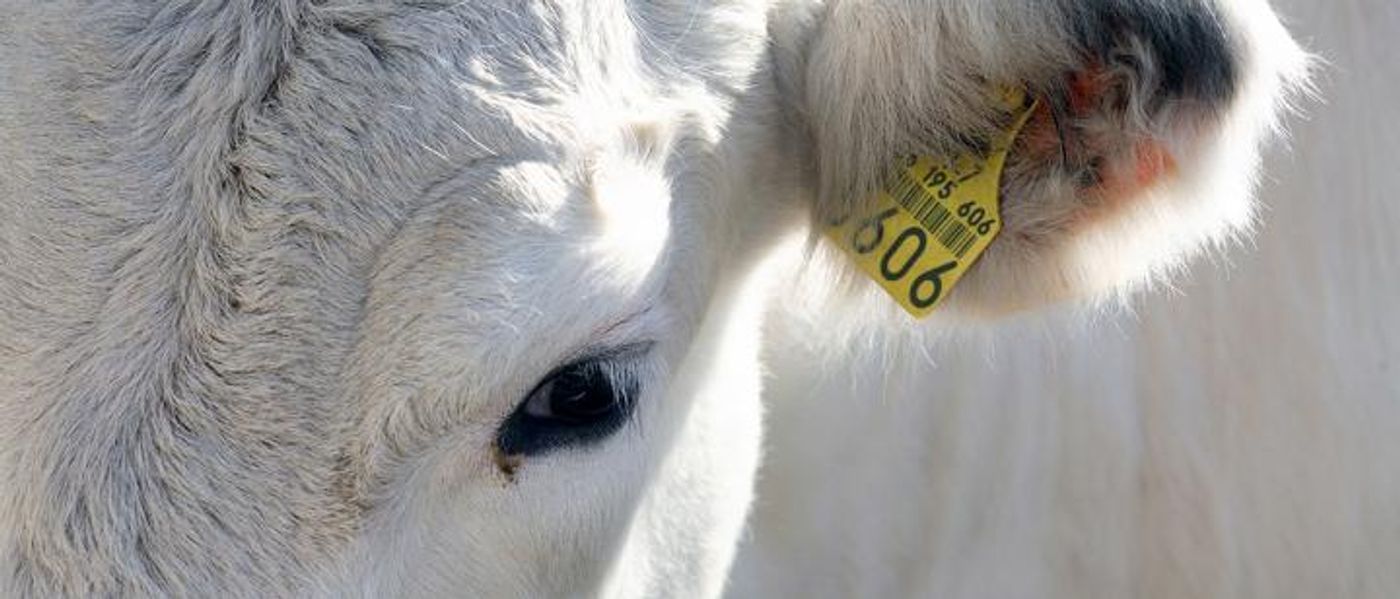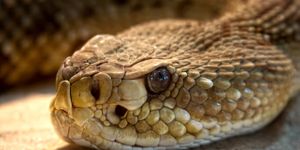As Microbes Jump From Animals to Humans, Their Genes Change
We share the world with an untold number of microorganisms, most of which pose no threat to us; but some microbes can be very dangerous if they infect us. That can be a real problem in today’s world, where people share close quarters with animals. Animals can harbor microbes of their own, and some can jump from their animal hosts and infect people. A species-jumping move also enables bacteria to pick up new genes; some of the genes gained in that process have allowed infectious pathogens to resist the effects of drugs we normally use to eradicate those bugs.
Staphylococcus aureus is an example of that type of microbe; it can infect animals and people, and some forms of it have become incredibly dangerous because they are impervious to antibiotic therapeutics - these strains are called multi-drug-resistant Staphylococcus aureus (MRSA). These bugs can often be found in healthcare settings everywhere, where they threaten the recovery of many vulnerable patients.
"In the case of MRSA, these bacteria have also spread in hospitals almost worldwide," said Jukka Corander, a professor at the University of Helsinki. Corander was also a member of the international research team that mapped thousands of years of evolution in Staphylococcus and is a co-author of this study, which was reported in Nature Ecology & Evolution.
For this work, the scientists sequenced the entire genome of superbugs that were found in animals and humans. The DNA changes that helped the microbes adapt to their new environments and new hosts were revealed.
The team found that humans are likely to have been the first hosts of superbugs. They also saw, however, that the microbes gained an ability to colonize domestic animals, and at about the same time that domestication was first thought to have occurred.
It was also found that cows seem to be the source of staph strains that end up causing MRSA infections in people. That means this work can help identify microbes that pose a major threat. ”Our observations give emphasis to the importance of detailed epidemiological monitoring, so that strains with the potential to cause epidemics can be discovered as early as possible," Corander said.
This work reinforces the idea that as microbes jump to new species, new genes that help them adapt can activate and help the germ survive. Some of those genes also confer antibiotic resistance. This work, however, may help create new ways to minimize risk, and cut down on overall antibiotic use.
Sources: AAAS/Eurekalert! via University of Helsinki, Nature Ecology & Evolution









